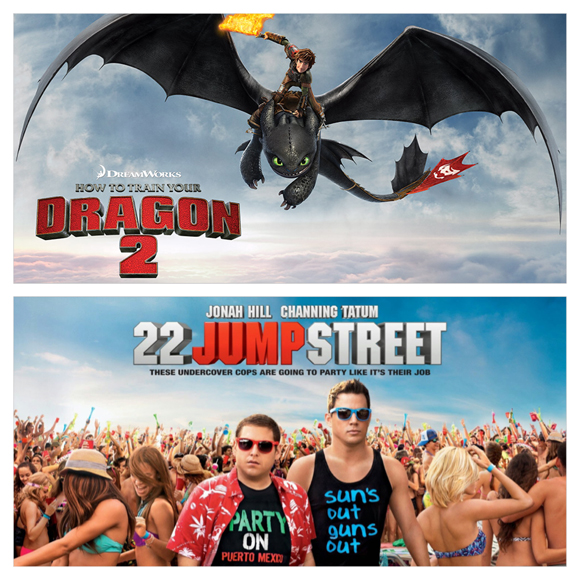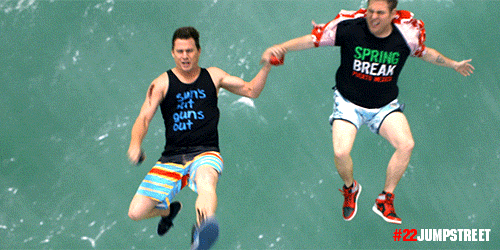I feel like an asshole for doing this…but I’m gonna quote my own article for just a second.
When I wrote my Franchise Breakdown for The Fast and the Furious movies, I wrote this about sequels….
“Sequels are a fascinating thing. Most movies aren’t made with sequels in mind. They don’t plan on the films to have a continuing story, so the question comes, what do the filmmakers do next? It’s the reason why almost every sequel to a film is essentially a remake of the first movie. People want to see this again? Ok, lets do it again! But, the fun part of looking at a movie series is to see how the filmmakers adapt. They are given the challenge to make another film, to SOMEHOW continue to use the elements that the audiences found appealing in the first film, even if they’ve made three or four films already.”
So it pleases me to say, that this past weekend we didn’t just get one great sequel…we somehow…some way…got TWO great sequels.
But how? How did they both make films that are great on their own, yet also are fantastic continuations of the previous films?
The step that most filmmakers seem to at least partially understand, is to try to learn from what they thought didn’t work from the last film, and crank up what did work in the second one.
What most bad sequels tend to do, is learn the wrong lessons about what worked and didn’t work.
These two movies did NOT fall in that same trap. So, this begs the question….
What can future sequels learn from these two movies?
For me, it goes right back to the basics….
Characters and Story.
So here’s how both films made good use of characters and story in their sequels.
1.) Push the characters relationships forward by not forgetting who they are.
One of my problems with Shanghai Knights (the sequel to Shanghai Noon in case you forgot about these movies.) was they way they somehow de-evolve Owen Wilsons character and dissolved the relationship between Jackie Chan’s character and Wilson’s by having them be separated in the beginning of the flick. In the first film, Wilson’s character, Roy O’Bannon wasn’t the best action hero, but he wasn’t completely useless in a fight. He could hold his own in a bar fight, and was at least able to point his gun at a target, fire and hit someone. By Shanghai Knights, Roy became JUST a joke machine, and had no use in any of the fight scenes. And by having them be separated in the beginning, they were forcing them to re-learn how to be friends, rehashing an element of the first movie: the creation of their friendship. It was a weak way of trying to redo some of the elements of Shanghai Noon, yet trying to bump up the wrong thing (Wilson’s funny man lines) because they thought that’s what the audiences wanted.
22 Jump Street picks up where we left off with Jenko (Channing Tatum) and Schmidt (Jonah Hill.), yet they are closer than ever. Their friendship grew stronger, yet we got to see them in their challenging phase of their relationship. They are in the “do we still want to investigate with each other?” phase. Or do they want something else? It’s all done as a slight nod/mocking of a couple from a rom-com, and it’s hilarious.
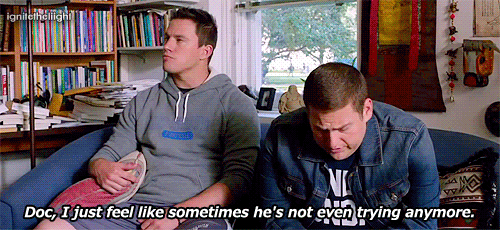
It works here because it’s still using the chemistry and relationship from the first movie, yet still allowing them to grow and explore different areas, all with out suffering a character element to force the plot forward. Schmidt has never been as good of a fighter/gunman as Jenko, but they didn’t turn Schmidt into a crying/scaredy cat who can’t handle gunfire. Jenko isn’t as bright as Schmidt, but they didn’t turn him to a super dense and airheaded lunk. They stayed true to who they were, but still propel the story forward.
In How to Train Your Dragon 2, Hiccup and his father Stoick definitely have a much better relationship then they did in the first film. BUT, Stoick still has the tendency to think FOR Hiccup, and Hiccup still feels like he’s got to do things his way, and find out what he wants in his life with out his fathers pushing. So while it still retains that element from the first film (Stoick and Hiccup don’t see eye to eye) it’s not done out of misunderstanding, or frustration with each other, but with knowing that is just how these two see things differently. YES, they now respect each other and their love for each other is stronger, but Stoick is still his father and he still thinks he knows what’s best, and Hiccup still feels he’s got to find new ways to improve his life. They fight not because they hate each other, they fight because that’s just how different they are. It’s a great push to feel something different, yet still feels familiar with out bashing it in your head that it’s the same. And the great thing about the film is that it does this kind of work on ALL of the characters. From Toothless, Astrid and even Ruffnut.
Audiences like these characters, hence the reason for another film, but the audiences would also like to see them change somehow. For them, it’s like visiting a friend they haven’t seen in a while, and while it’s a comfort knowing that they are the same personality wise, they also are glad to see them grow.
2.) A sequel is an episode, not a remake.
Both How to Train Your Dragon 2 and 22 Jump Street feel like legit second “episodes”, and both films do a great job of continuing the story from the first movie, not repeat it.
Ghostbuters 2 could have had the benefited from this idea. For me, Ghostbuters 2 should have been about furthering the adventures of Venkman and the gang as New York City heroes, instead of forcing them back into underdog status by trying to bring them down.
How to Train Your Dragon 2’s plot is a real push into different territories. This time out the film has a human villain, Drago Bludvist, instead of JUST another Dragon like Red Death from the first. (though, clearly, Drago has a dragon of his own.) While the first film is about the Hiccup’s fear of what would happen if his father and people of Berk found out of Toothless, this time the film is about Berk protecting the dragons they they fell in love with. And by creating a human villain (a dragon hunter too boot) it allows some cool world building, but also a threat that they can put some real emotion with. It also pushes Toothless and Hiccup into places they never explored in the first film, and it becomes powerful, and even hurtful, to see the directions the filmmakers are taking them.
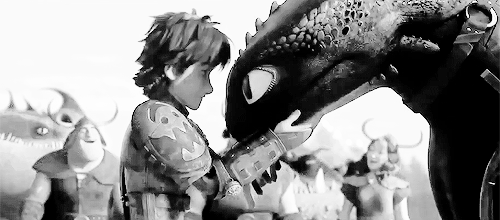
How to Train Your Dragon 2 is a prime example of putting the characters in another chapter, instead of the same movie.
Now…here’s the funny thing, part of the joke in 22 Jump Street is making fun of the idea that most sequels ARE just that.
Hell, even Ice Cube’s Chef character keeps telling Jenko and Schmidt.
“It’s the same FUCKING CASE AS THE LAST TIME! JUST DO WHAT YOU DID THEN AND DO IT AGAIN!”
And yes, on the surface….the plot is the same.
Jenko and Schmidt go undercover at a school to find a drug dealer who’s selling a product with a cute name. They get caught up the cliches of the drama that normally happens at the schools (high school tropes/ college tropes). Schmidt falls for a girl and Jenko becomes friends with someone at school. They argue, bicker as they try to take out the bad guys.So yeah…the plot is the same, but it’s kinda like that with every cop show. It’s more of less the same plot every time. So for a movie series based on a cop show, it makes sense. But, that’s not the reason why 22 Jump Street is good compared to many comedy sequels.
How 22 Jump Street works better then most comedy sequels is that they don’t repeat jokes. One of my biggest problems with Anchorman 2 is that it feels like it’s trying to hard to be like the first film (it’s the same fear I have for the up coming Dumb and Dumber To) 22 Jump Street makes the effort to create new scenarios, new characters, and new memorable action/comedy sequences that feel fresh and different, even though the plot is pretty much the same.
So, in the case of a comedy sequel, 22 Jump Street succeeds by making newer and better jokes that are based on the characters, like a good comedy TV show would.
And yeah, that’s the trick with sequels. “Same but different.”
It sounds lazy, but as this weekend proves, it’s not impossible to do.
The way to handle a sequel is the figure out the right amount of “same” and “different.”
How MUCH do you make it the same, and how much different can you make it?
It’s of course , depending on the movie series, I do think that both these flicks prove that you can still make a great movie out of a sequel. Just don’t be lazy and try to do the first movie again.
Yes, remember what audiences like about the first one, but don’t be afraid to take it to new heights….
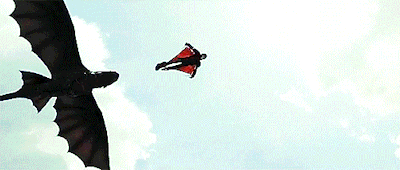
…and letting the story and characters fall into some cool new places.
The true goal for a sequel should always be to be better than the first one, but to be better means it’s got to be a better film, not a louder one.

